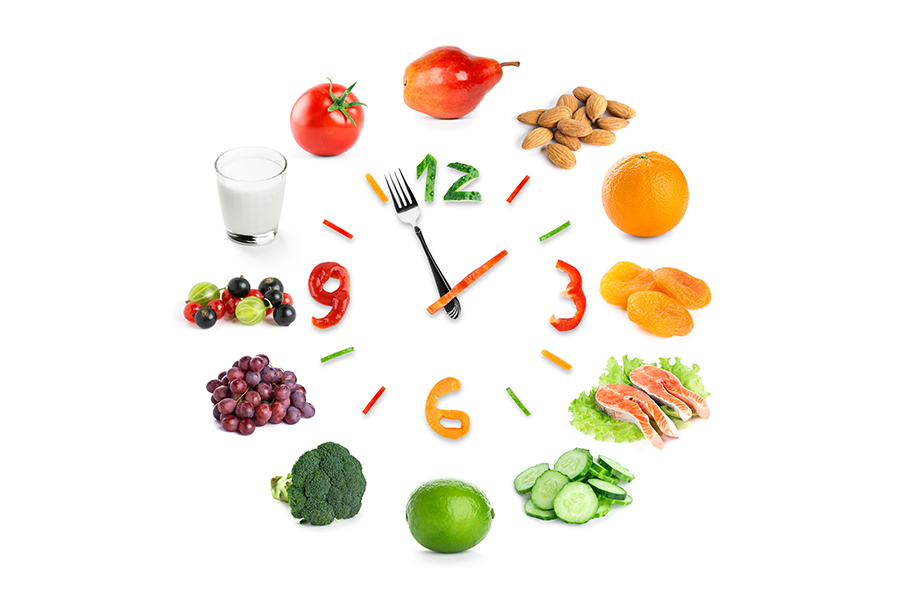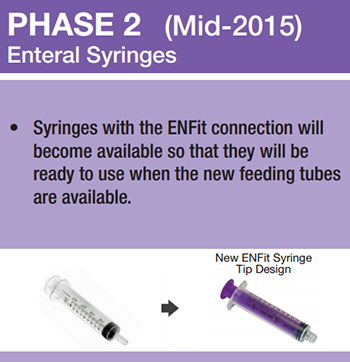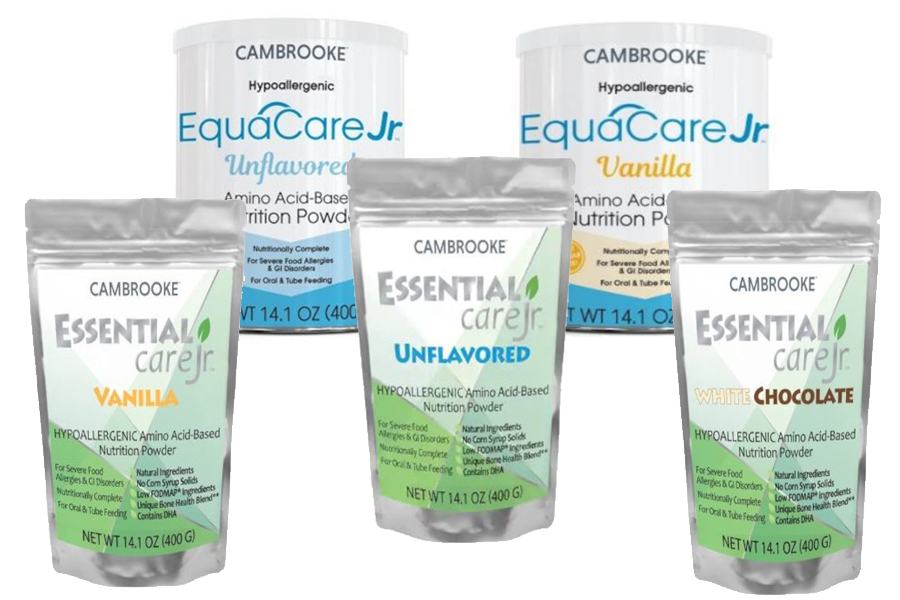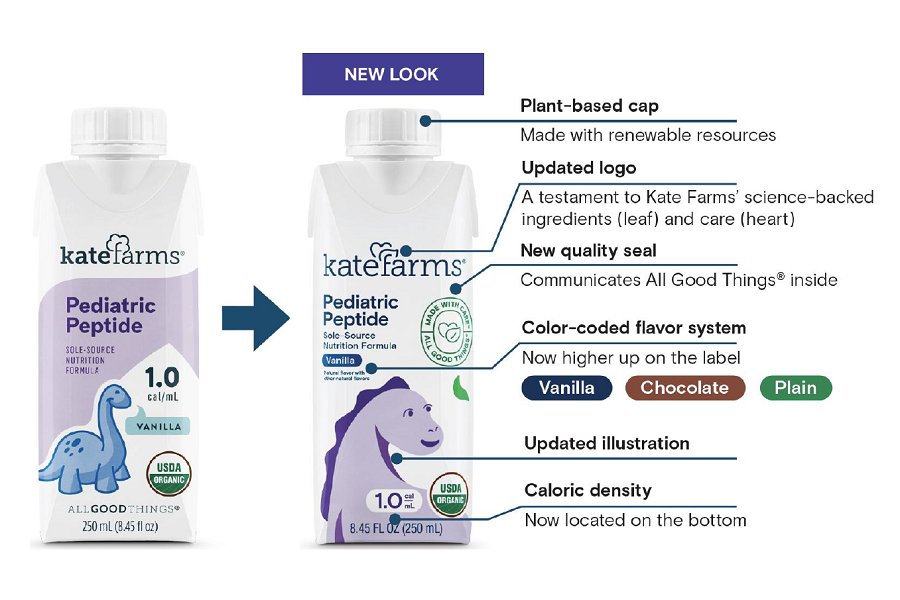Nutrient Timing
We have read it before, and you’ve probably heard me parrot the statement, “You are what you eat” as it is common knowledge that the quality of food we consume plays a pivotal role in our vitality, our ability to heal, and our overall wellness, but what is lesser known is the importance of when we eat these foods.
Nutrient timing refers to the practice of consuming nutrients at specific times throughout the day to optimize their absorption and utilization by the body. This concept has gained popularity among athletes, bodybuilders, and fitness enthusiasts in recent years. It is believed to enhance athletic performance, improve body composition, and promote overall health – and in my case, living well with a spinal cord injury.
The idea behind nutrient timing is that the body’s nutritional needs vary depending on the time of day and the type of activity being performed. For example, the body’s energy demands are highest during intense exercise, so consuming carbohydrates (I like a fruit smoothie) before and during exercise can help provide the necessary fuel for the body to perform at its best.
Similarly, consuming protein after exercise (my favorites are tuna and fruit, or a protein smoothie) can help stimulate muscle protein synthesis and aid in muscle recovery and repair. This is because exercise creates microscopic tears in muscle fibers, and consuming protein helps the body repair and rebuild those fibers, leading to increased muscle mass and strength over time. Here is a detailed blog about what to eat before and after exercise.
Glycemic Index
Another important factor in nutrient timing is the concept of glycemic index; foods are scored on a scale of 0 to 100 based on how much they raise your blood sugar level, which refers to how quickly carbohydrates are absorbed into the bloodstream. Consuming carbohydrates with a high glycemic index, or those with scores of 70 or higher (white rice, white bread, pretzels, white bagels, white baked potatoes, crackers, and sugar-sweetened beverages) before exercise can provide a quick source of energy. While consuming carbohydrates with a lower glycemic index, scores of 55 and under, (oatmeal, peanuts, peas, carrots, kidney beans, hummus, skim milk, and most fruits) after exercise can help replenish glycogen stores and promote recovery.
In addition to carbohydrates and protein, other nutrients that are often considered in nutrient timing include fats, vitamins, and minerals. For example, consuming healthy fats (avocados, almonds, nut butter, or coconut oil) before exercise can help provide sustained energy, while consuming vitamins and minerals after exercise can help support immune function and reduce inflammation.
In conclusion, nutrient timing should be considered as an additional strategy to enhance your vitality, recovery, and comfort further, but it is important to remember that overall dietary quality and quantity are the prime factors in achieving optimal health.
In other words, consuming nutrient-dense foods in appropriate amounts throughout the day is still the foundation of a healthy diet.
I suggest experimenting for yourself by consuming specific nutrients at specific times throughout the day to optimize their absorption and utilization by the body. With careful consideration and planning, nutrient timing can be an effective way to amplify your day, improve your body composition, and promote your overall health.
For additional information, here is a link to all of my Top Articles for Nutritional Guidance.
I encourage you to reach out to me anytime with questions, concerns, or requests for future articles. Just click this link, ASK AARON.
I look forward to hearing from you!
Aaron























